Downspout extensions redirect water 6-10 feet away from your foundation, preventing an estimated $15,000 in average basement water damage repairs.
The attachment process requires just 15 minutes and basic tools: measure your existing downspout outlet, select an extension that matches (typically 2x3 or 3x4 inches), and secure it using either a slip-fit connection or screws depending on your extension type.
Why Standard Downspouts Fall Short
Most downspouts discharge water only 12-18 inches from your home's foundation—far too close for effective protection. This proximity creates several problems:
Foundation Saturation: Water pooling near foundation walls increases hydrostatic pressure by up to 60 pounds per square foot, forcing moisture through concrete pores and cracks.
Soil Erosion: Concentrated water flow washes away 2-4 inches of topsoil annually, exposing foundation footings and destabilizing landscaping.
Basement Infiltration: The International Association of Certified Home Inspectors reports that 98% of basements will experience water damage, with inadequate drainage as the primary cause.
Extension Types and Selection Criteria
Flexible Corrugated Extensions
These accordion-style tubes stretch from 25 to 55 inches, accommodating various distances and terrain changes. The corrugated design allows 90-degree bends without kinking, making them ideal for navigating around obstacles. However, the ridged interior collects debris 40% faster than smooth alternatives.
Rigid Extensions
Manufactured from aluminum or vinyl, rigid extensions maintain consistent water flow rates 25% higher than flexible options. Their smooth interior prevents sediment buildup, though they require elbow fittings for directional changes. Companies like Spectra Pro Select engineer these with UV-resistant materials that withstand 15+ years of weather exposure.
Underground Drainage Systems
Professional-grade solutions involve 4-inch PVC pipes buried 6-12 inches below grade, terminating at pop-up emitters or dry wells. While installation costs range from $200-500 per downspout, these systems handle 50% more water volume and eliminate surface obstructions.
Measuring and Compatibility Requirements
Accurate measurement prevents the leading cause of extension failure: improper fit. Standard residential downspouts come in three sizes:
2x3 inches: Handles 600 gallons per hour, suitable for roofs under 700 square feet per downspout 3x4 inches: Manages 1,200 gallons per hour, appropriate for larger roof sections 4-inch round: Processes 1,100 gallons per hour, common in older homes
Measure the outside dimensions of your downspout opening, not the inside. Manufacturing tolerances create 1/8-inch variations that affect fit quality.
Installation Process for Each Extension Type
Flexible Extension Installation
- Clean the downspout outlet of debris and corrosion using a wire brush
- Stretch the extension to approximately 80% of its maximum length to prevent stress tears
- Slide the adapter over the downspout outlet with a twisting motion
- Secure with screws through pre-drilled holes or create new ones with a 1/8-inch bit
- Position the discharge end on a splash block angled 1/4 inch per foot away from the foundation
Rigid Extension Attachment
- Dry-fit all components before final assembly to verify proper alignment
- Apply silicone sealant to connection points for watertight seals
- Insert the extension into the downspout elbow with a firm push
- Fasten with sheet metal screws at 6-inch intervals around the circumference
- Support with stakes every 4 feet to prevent sagging under water weight
Underground System Connection
This method requires professional installation or advanced DIY skills:
- Excavate a trench maintaining a 1% slope (1/8 inch per foot minimum)
- Connect the adapter boot to transition from rectangular to round pipe
- Glue PVC sections using primer and cement rated for drainage applications
- Install cleanout ports every 50 feet for maintenance access
- Backfill carefully to avoid pipe displacement or damage
Critical Placement Strategies
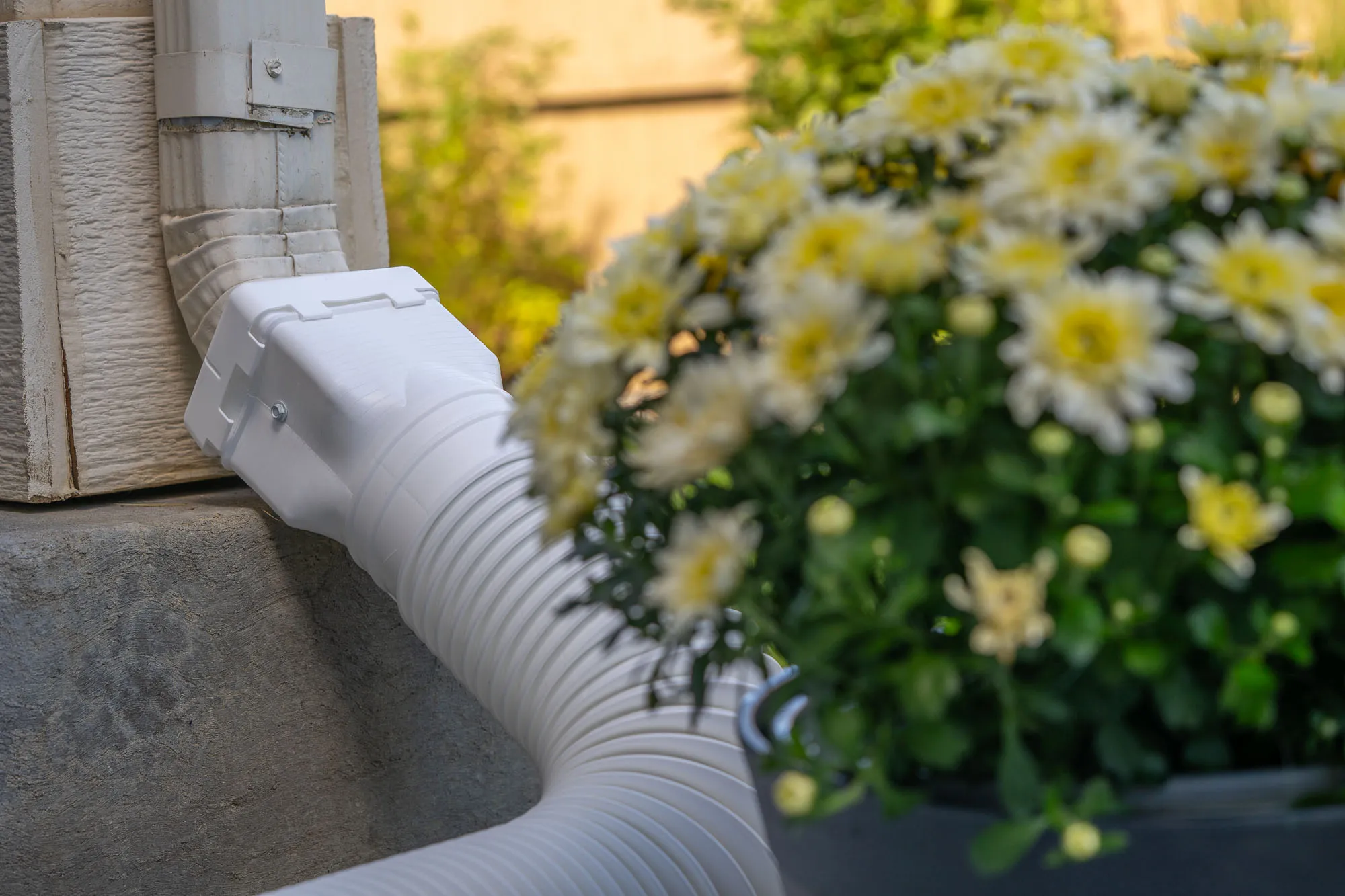
Water management extends beyond simple distance—direction matters equally. Position extensions to:
Follow natural grade: Work with existing slopes rather than fighting gravity Avoid neighboring properties: Many municipalities prohibit directing runoff toward adjacent lots Target permeable surfaces: Grass absorbs 6 times more water than compacted soil Create dispersion: Use splash blocks or perforated pipe sections to spread water over larger areas
The Spectra Pro Select Ground Spout System, TriFlex, exemplifies engineered dispersion, featuring a tri-directional design that reduces point-load erosion by 70%.
Seasonal Maintenance Requirements
Spring Inspection
Remove winter debris accumulation and check for freeze damage. Flexible extensions suffer splits along the corrugations when ice forms inside. Replace damaged sections immediately to prevent foundation exposure during spring rains.
Summer Adjustment
Heat expansion can loosen connections by 1/4 inch. Retighten all fasteners and verify proper slope maintenance. Extended dry periods allow thorough cleaning without active water flow interference.
Fall Preparation
Clear extensions before leaf drop creates blockages. Install downspout strainers to prevent debris entry—a $5 investment that reduces cleaning frequency by 80%.
Winter Considerations
In freezing climates, disconnect flexible extensions to prevent ice dams. Store indoors or position vertically against the house. Rigid and underground systems typically withstand freezing if properly sloped for drainage.
Advanced Water Management Integration
Downspout extensions work synergistically with comprehensive drainage systems:
French Drains: Connect extensions to perimeter drains for subsurface water transport Rain Gardens: Direct water to bioswales that filter runoff while supporting native plants Dry Wells: Terminal collection points that allow gradual ground absorption Cisterns: Harvest roof water for irrigation, reducing both runoff and water bills
Cost-Benefit Analysis
Initial investment in quality extensions returns significant savings:
- Basic flexible extension: $15-25 (2-year lifespan)
- Premium rigid extension: $30-50 (10-year lifespan)
- Underground system: $200-500 (20+ year lifespan)
Compare these costs to foundation repair averages of $4,500 for minor cracks and $15,000+ for structural damage. Insurance claims for water damage increased 38% between 2019-2024, with many policies excluding gradual seepage—making prevention essential.
Installation Troubleshooting Guide
Problem: Extension disconnects during heavy rain Solution: Add zip ties or metal clamps rated for outdoor use
Problem: Water backs up into the downspout Solution: Verify 1/4-inch per foot minimum slope; clear obstructions
Problem: Extension crushes under foot traffic Solution: Bury rigid pipe 6 inches deep or reroute around walkways
Problem: Ice formation blocks winter flow Solution: Install heat tape or convert to underground drainage
Proper downspout extension installation transforms a 15-minute project into decades of foundation protection.
Whether using simple flexible tubes or engineered systems like those from Spectra Pro Select, the key lies in matching the solution to your specific drainage challenges while maintaining regular maintenance schedules.
FAQ’s on Downspout Extensions
How far should downspout extensions discharge water from my foundation?
Extensions should discharge water at least 6-10 feet away from your foundation. The minimum recommended distance is 6 feet, but 10 feet provides optimal protection against water damage and soil erosion.
Can I connect multiple downspout extensions together?
Yes, you can connect extensions to reach greater distances. Use coupling adapters between sections and ensure each connection is secured with screws or clamps. Maintain proper slope (1/4 inch per foot) throughout the entire length to prevent water backup.
Should I remove flexible downspout extensions in winter?
In freezing climates, it's best to disconnect and store flexible extensions indoors during winter. Ice formation inside corrugated extensions can cause splits and blockages. Rigid extensions and underground systems can remain in place if properly sloped for drainage.
How do I prevent my downspout extension from disconnecting during heavy rain?
Secure extensions with sheet metal screws through pre-drilled holes or use metal clamps designed for outdoor use. For flexible extensions, heavy-duty zip ties provide additional security. Ensure the extension fits snugly over the downspout outlet before securing.
What size downspout extension do I need?
Measure the outside dimensions of your downspout outlet. Common sizes are 2x3 inches, 3x4 inches, and 4-inch round. Extensions must match these dimensions exactly for proper fit. When in doubt, bring a photo and measurements to your local hardware store for assistance.


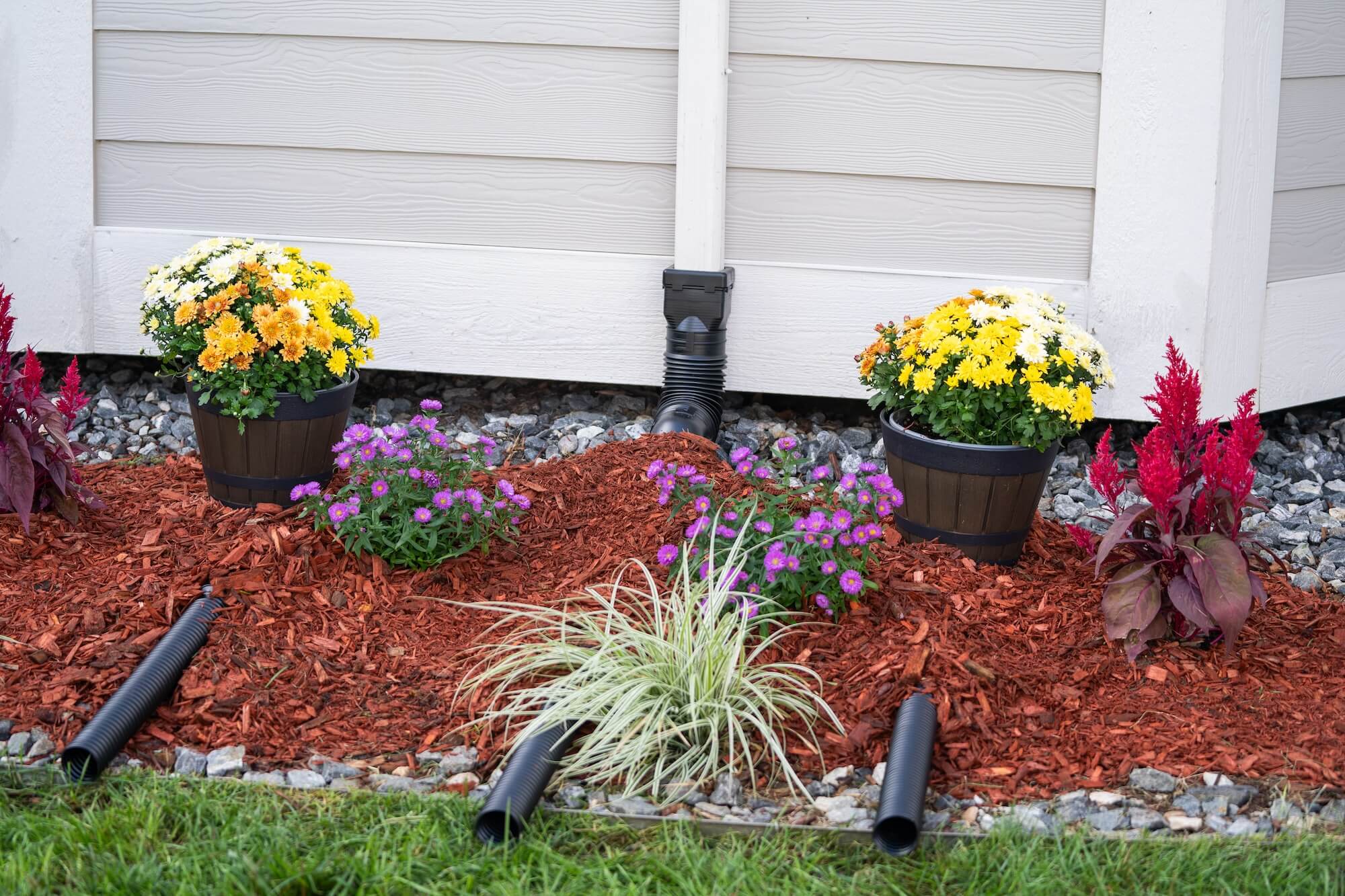
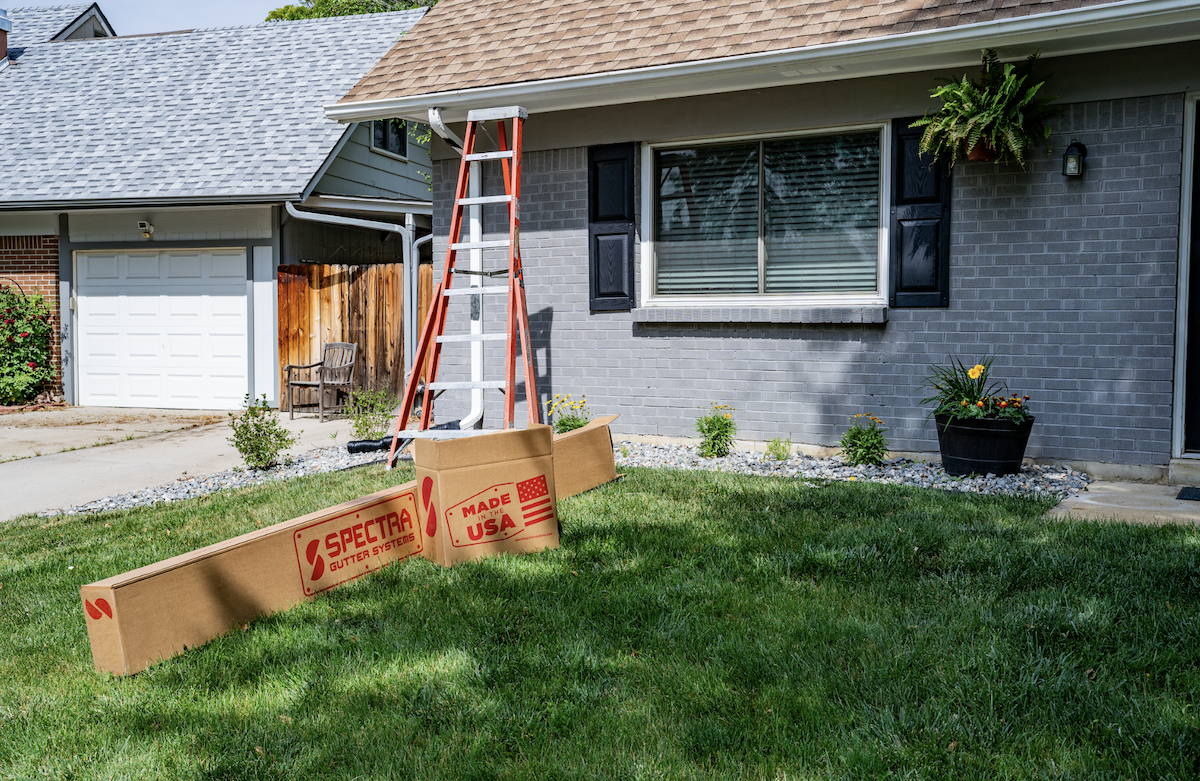



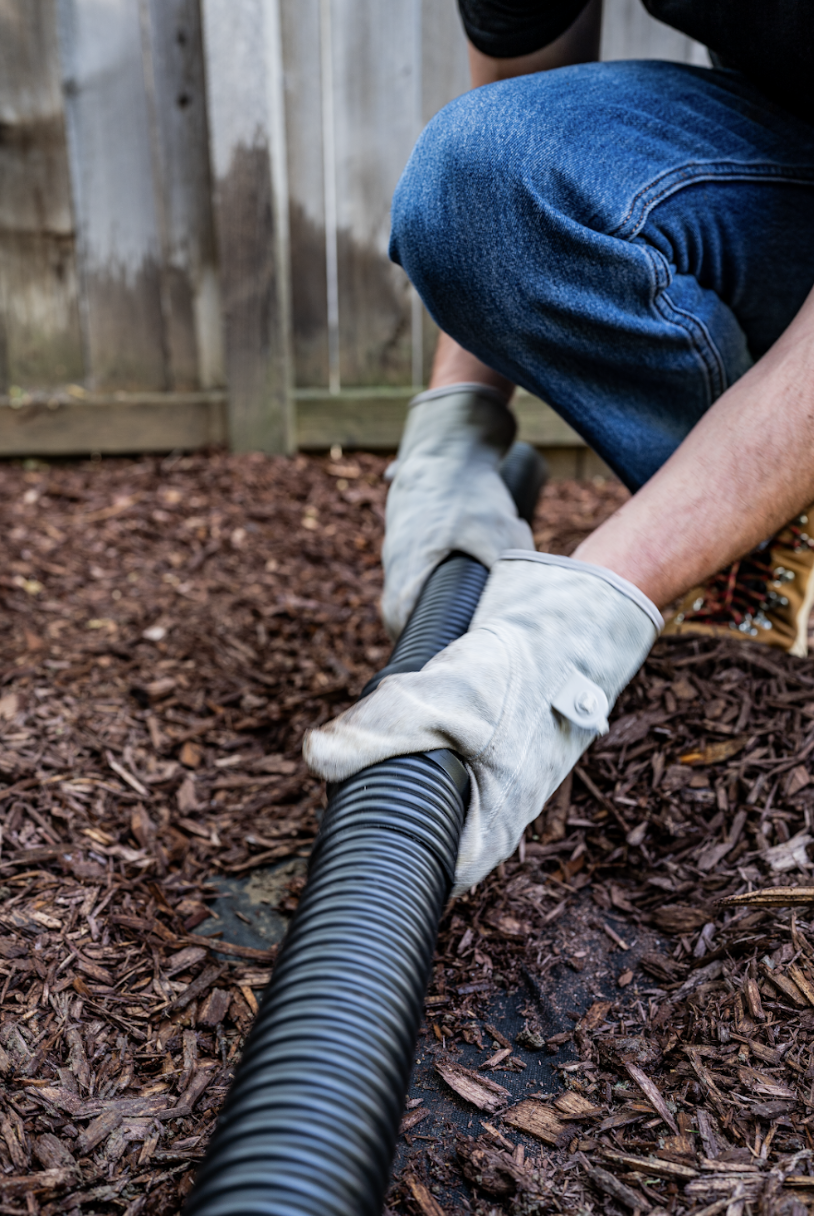
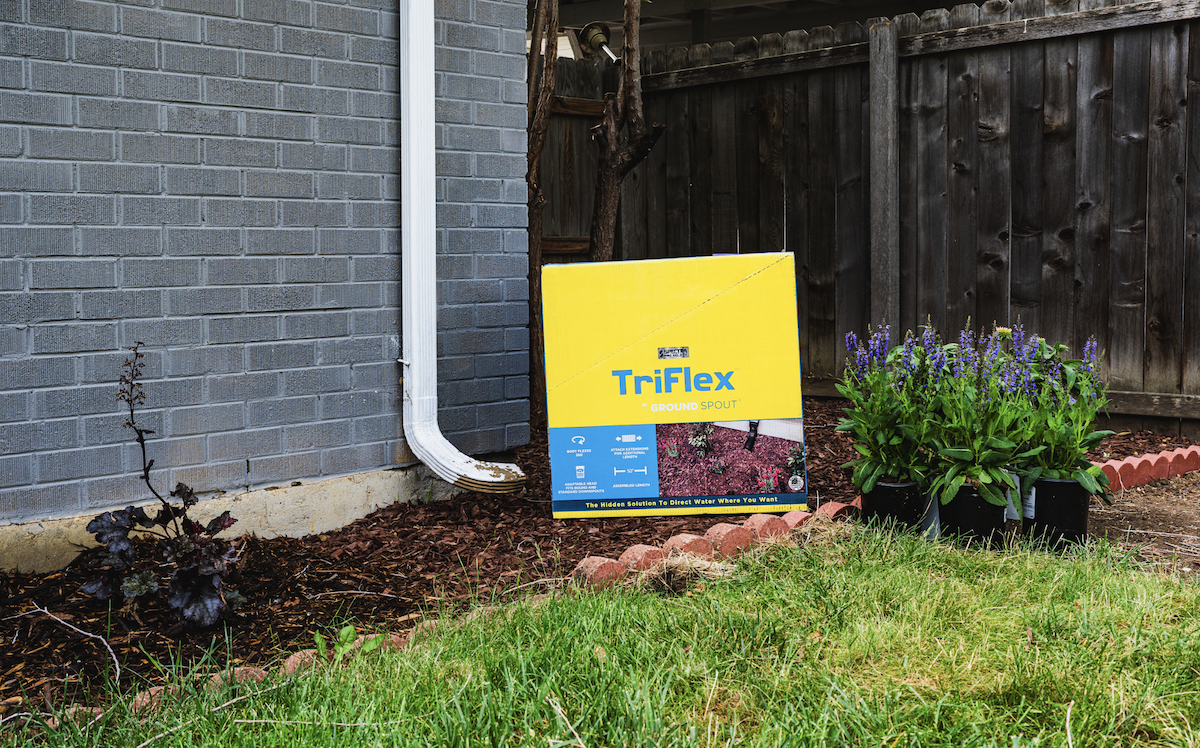


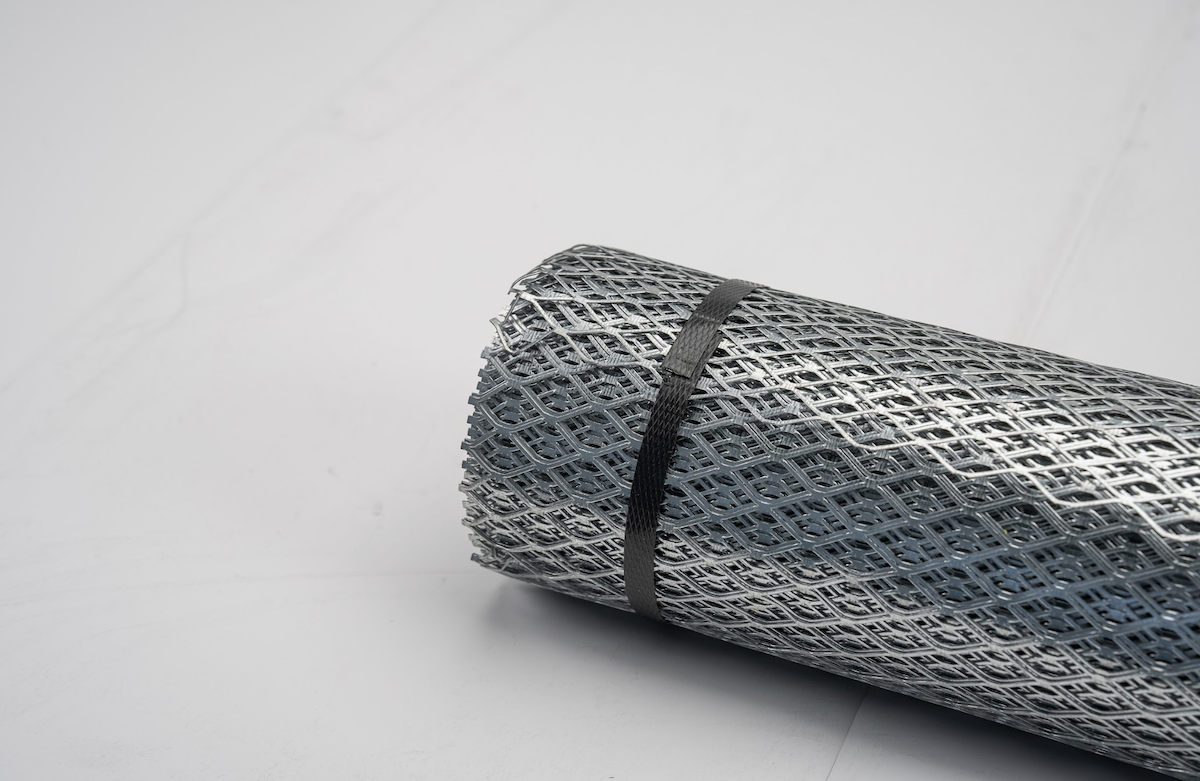
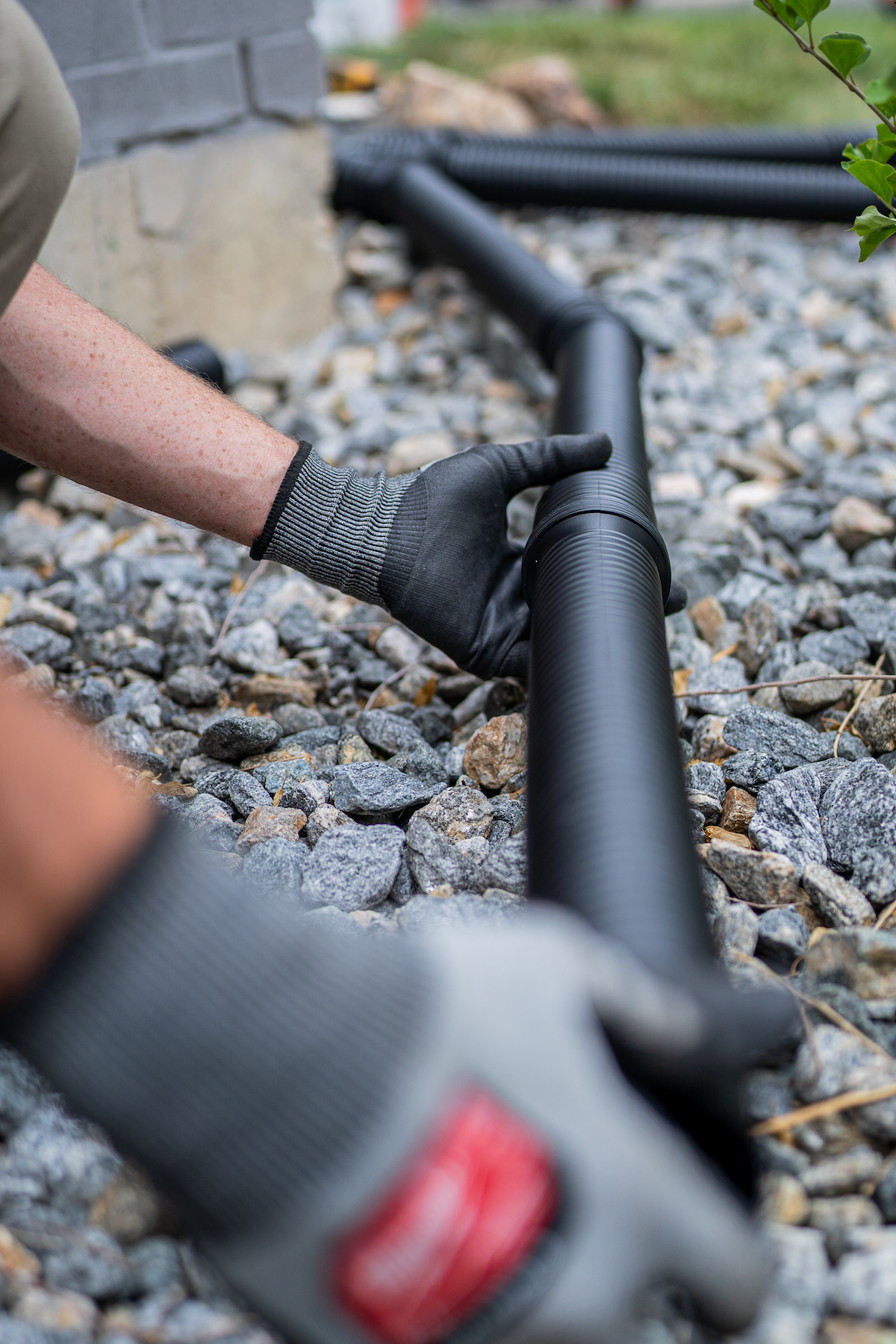
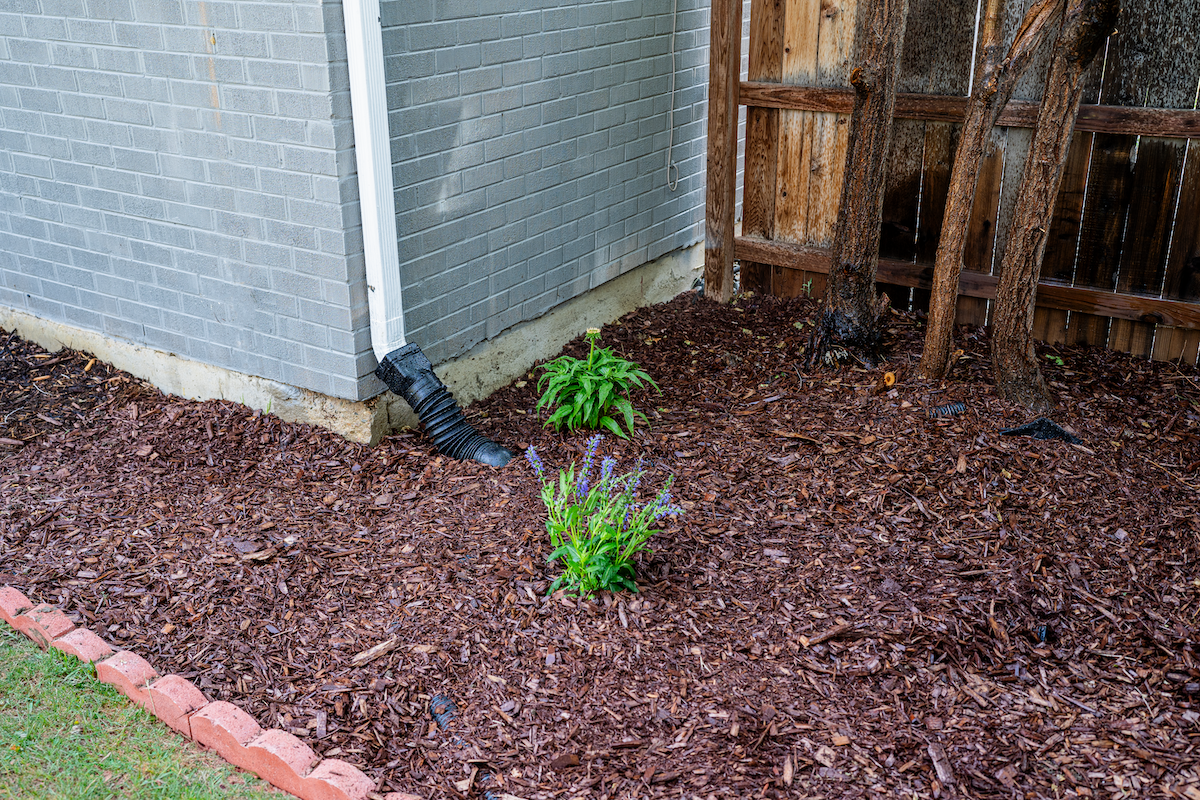
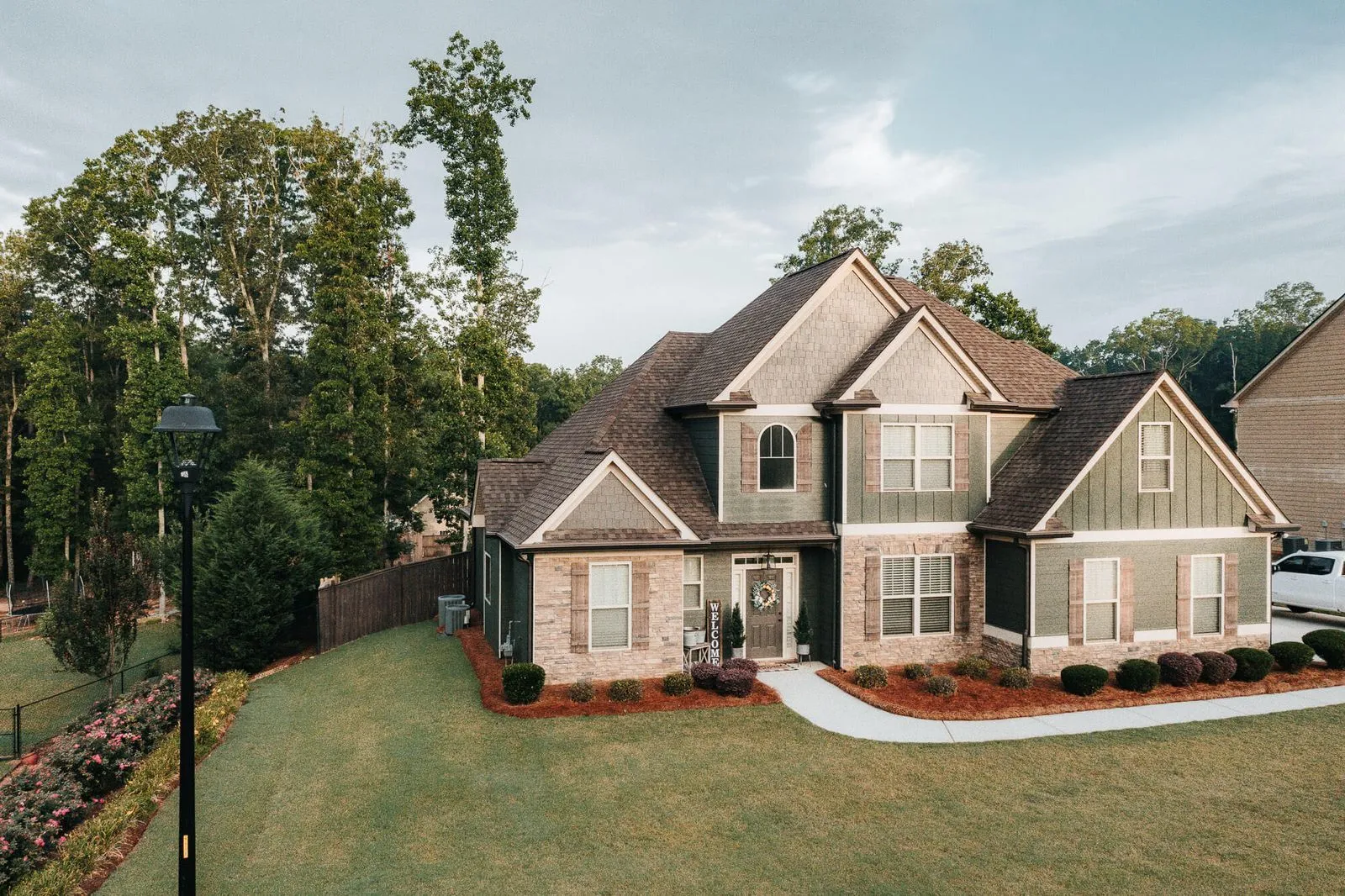
.jpg)
.jpg)




























.webp)

.webp)







